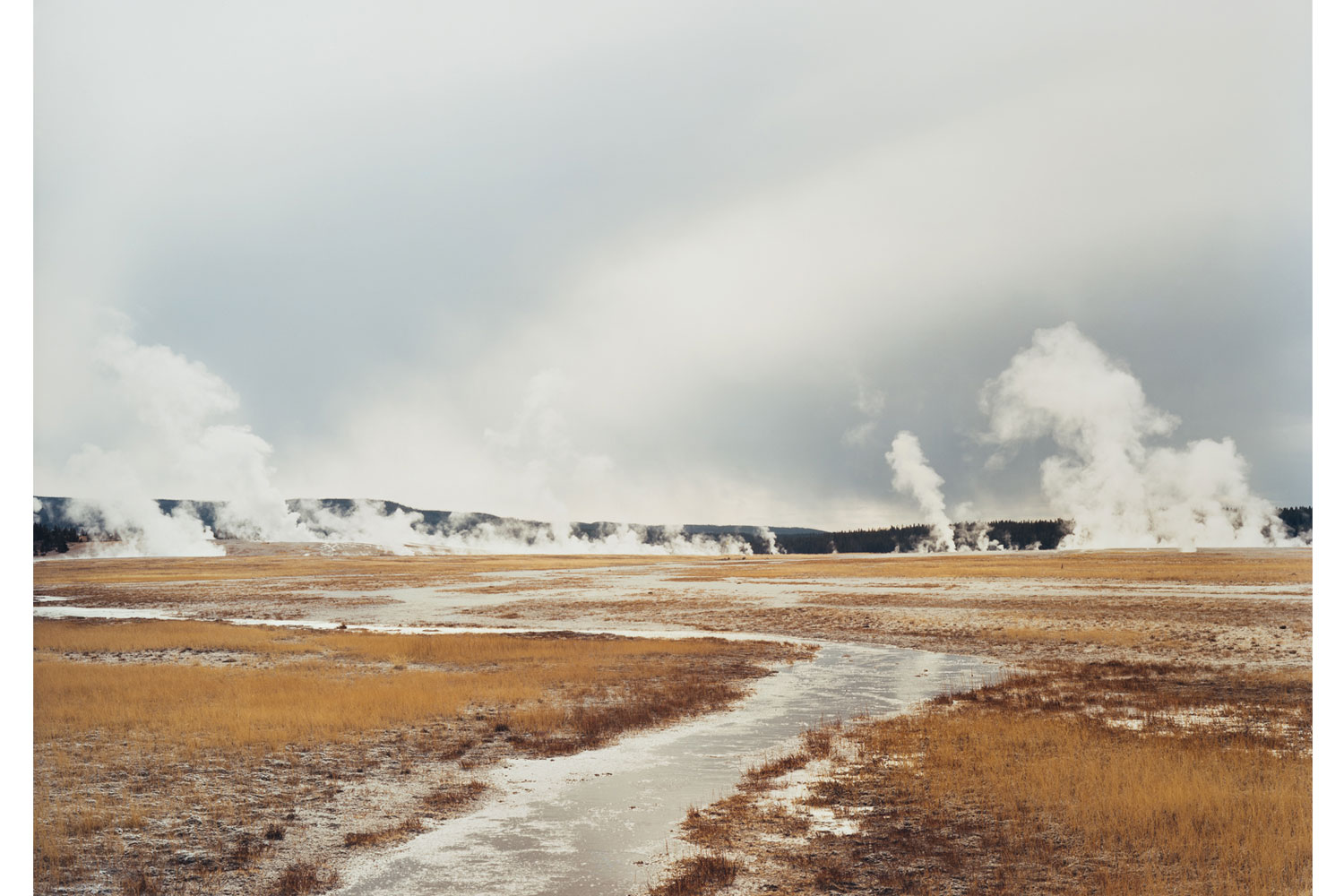
This selection of photographs is part of an upcoming monograph by Victoria Sambunaris, Taxonomy of a Landscape, a project that began in 2000 and comprises several bodies of work documenting the American landscape with a large-format camera. Each year, Sambunaris structures her life around a road trip across the United States — inspired usually by a book, a newspaper article or a conversation — exploring the often-referenced but seldom-defined “sense of place.”
Throughout her many thousands of miles of travel, Sambunaris found herself drawn not only to the magnificence of open land, dramatic vistas and vast sky, but to the sprawl of housing developments punctuated by strip malls; to windowless manufacturing plants and huge distribution warehouses; to massive mining operations and a burgeoning energy infrastructure. These modern-day monuments have settled into the contemporary landscape and tell a story, Sambunaris says, “that evokes a range of responses — from pride to revulsion.”
Here, the photographer writes for LightBox about her life’s work and her experiences on the road.
For the last 13 years, I’ve been roaming this country alone in my car equipped with my cameras in search of some hidden meaning about places and our relationships to them. It’s an exciting world, if one remains openminded and curious. The hardest part is leaving what is comfortable, meeting the unfamiliar and getting out of the car to take a picture. Before I head out each time, I pack my car with the essentials: my camera equipment, camping gear, boots, knives, books, maps, sardines, talismans and a hatchet for protection. I’ve been through about five cars. One of my favorites was a baby blue Crown Victoria Country Squire station wagon. I used to travel with a dog named Happy. Both car and dog are now long gone.
Once I am rolling down the road, there’s a feeling of anticipation as I wonder about what lies ahead. The seemingly enormous inner turmoil over leaving New York is purged — a sort of ritualistic cleansing as I transition to the road. The monotony of the interstate, soon enough, becomes familiar and comforting once again. Driving it requires patience — looking and waiting — similar to the act of taking a picture. I watch the world pass across my windshield with time to think, look and listen. The Mississippi River has become a kind of first milestone for me; when I cross it, my state of mind shifts and the world slows down. In the car, I listen to the radio, the truckers on the CB or maybe some Led Zeppelin — a regular on my playlist. It keeps things lively.
Frequently, I’ll break at a Flying J, Pilot or Loves truck stop. I gas up, find strong coffee, jumbo packs of sunflower seeds and perhaps a tip from a fellow traveler. I miss the mom-and-pop diners that have mostly been replaced by fast food chains or food courts. The jumbo truck stops out there are like their own cities with chapels, barbers, dentists and 50-foot salad bars. I guess everyone is in a hurry. Though at times I must stay overnight at the cheap motels that dot the highway, I usually like to camp. I find it preferable to sleep in the great outdoors and not have to worry about bed bugs. Last year, I bought a tent that sits on the roof of my car and pops right open. It came with a ladder. No longer do I struggle with pitching a tent late at night.
When I wake, I often find myself in some pretty far-out places. One of my favorite rituals is making percolated coffee in the morning and writing in my journal. I don’t want to forget a thing. I collect mineral specimens, maps, geologic books and keep road logs and records of what I do. Some people send me off with small tokens of remembrance: a ring made from a one-dollar bill, a scorpion made of wire. I think about those fleeting encounters of whole lives while driving on. The collected ephemera encompass the essential and incidental elements of my work as a photographer and a chronicler. So too do my many encounters with strangers while passing in and out of towns. Townsfolk are curious about the sole traveler. I use a smaller 6×7 medium format camera to snapshot some of these people and places. These diarisitic photographs offer a more intimate view of my various journeys and life on the road. They are studies for the larger work and a record of the people and places I have encountered while traversing the country.
Once I finally get to my destination, I always wonder what I’m doing there. It can be confusing trying to figure things out. I never really know exactly what I’m looking for, but when I see it, I know it. Most of my time is spent driving, scouting locations, talking to locals and trying to get access. It may take days before I pull out the camera to shoot a single sheet of film, but it’s worth the wait. These large-format photographs capture the experience of traversing the land — the anonymous towns, the snaking roads, the distant trains, the incessant sky and the grandeur of the open road. This is life on the road as a photographer. It keeps a photographer coming back and moving on.
Victoria Sambunaris is a photographer based in New York. She is a recipient of the 2010 Aaron Siskind Foundation Individual Photographer’s Fellowship and the 2010 Anonymous Was a Woman Award. Taxonomy of a Landscape is available through Radius Books.



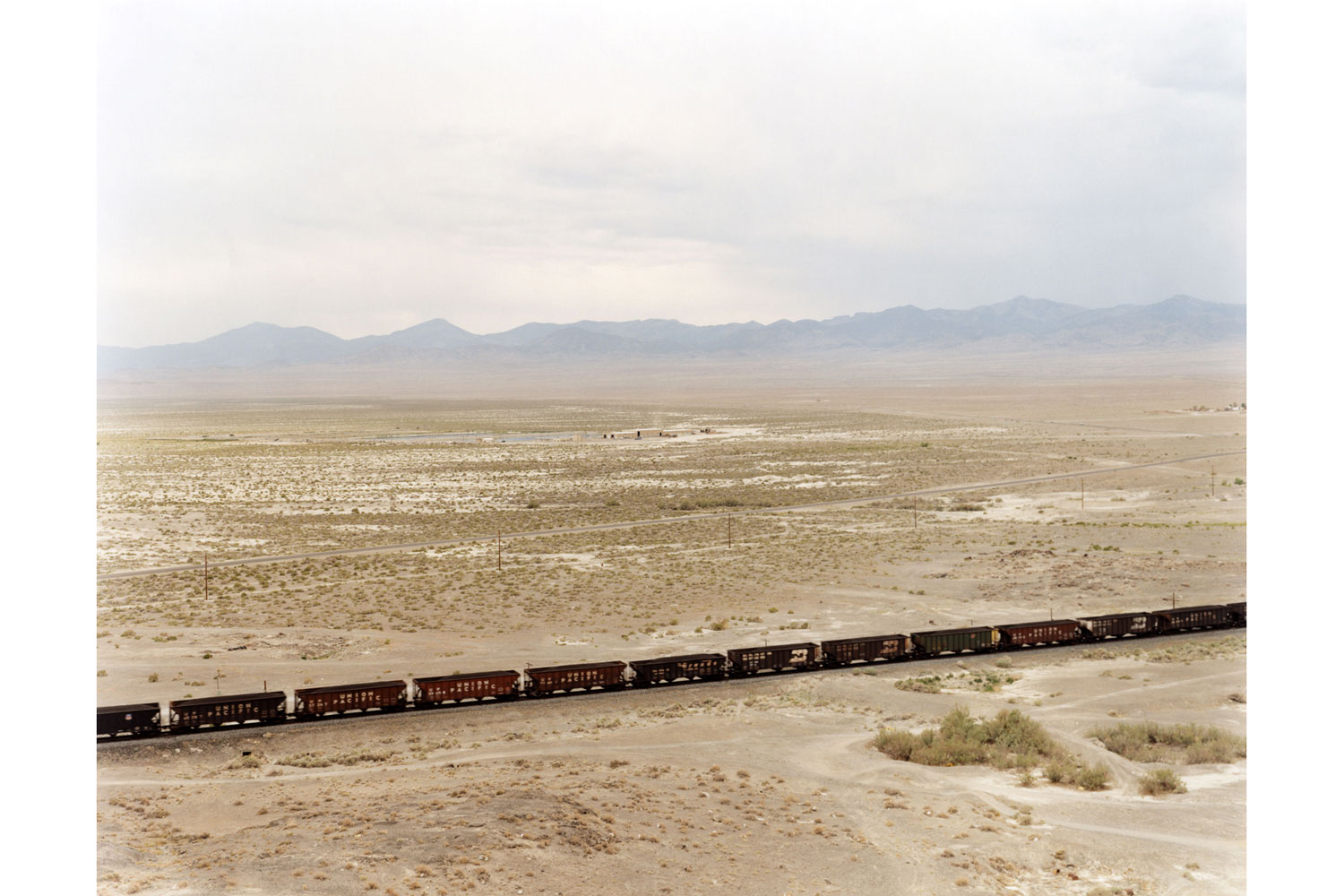
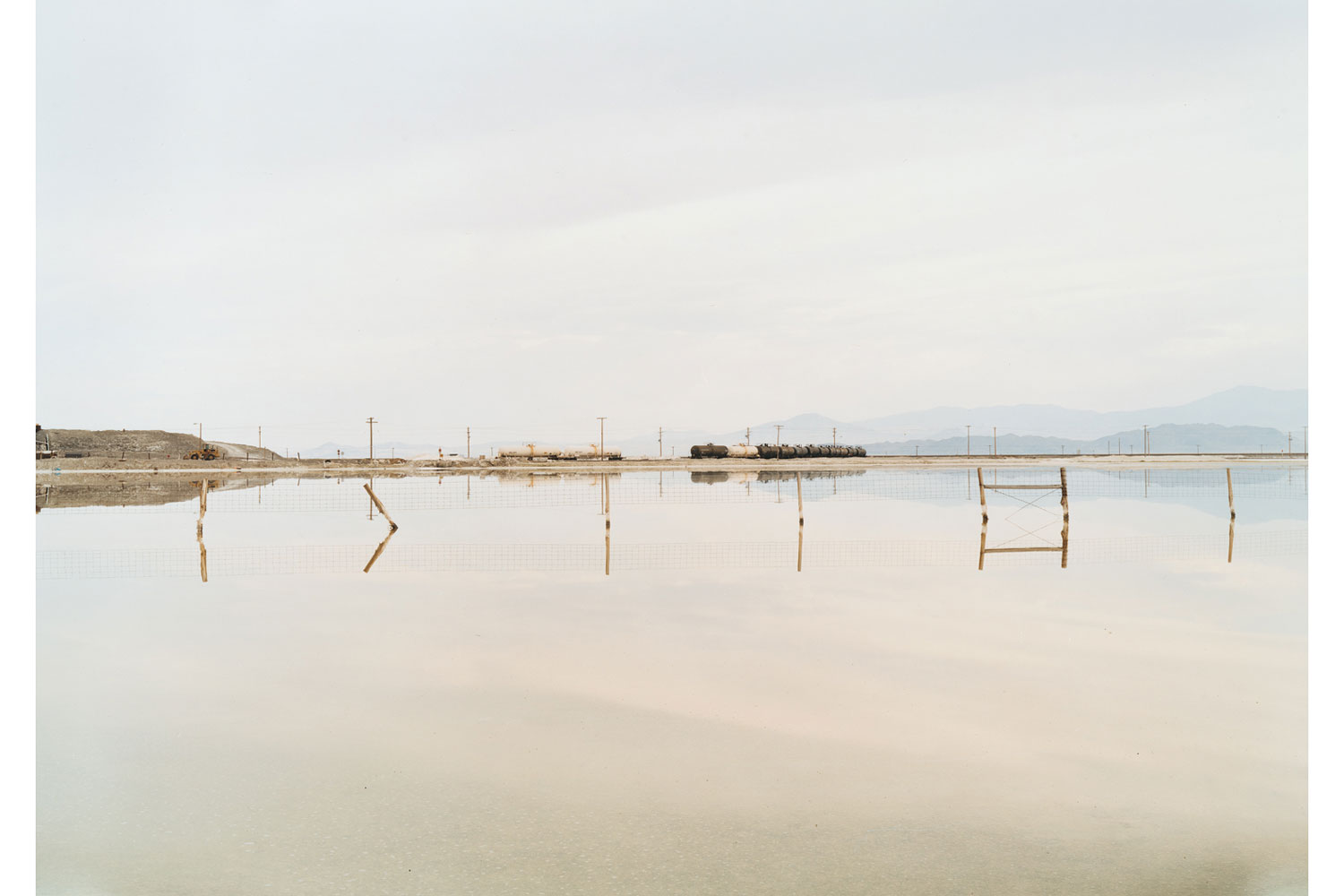
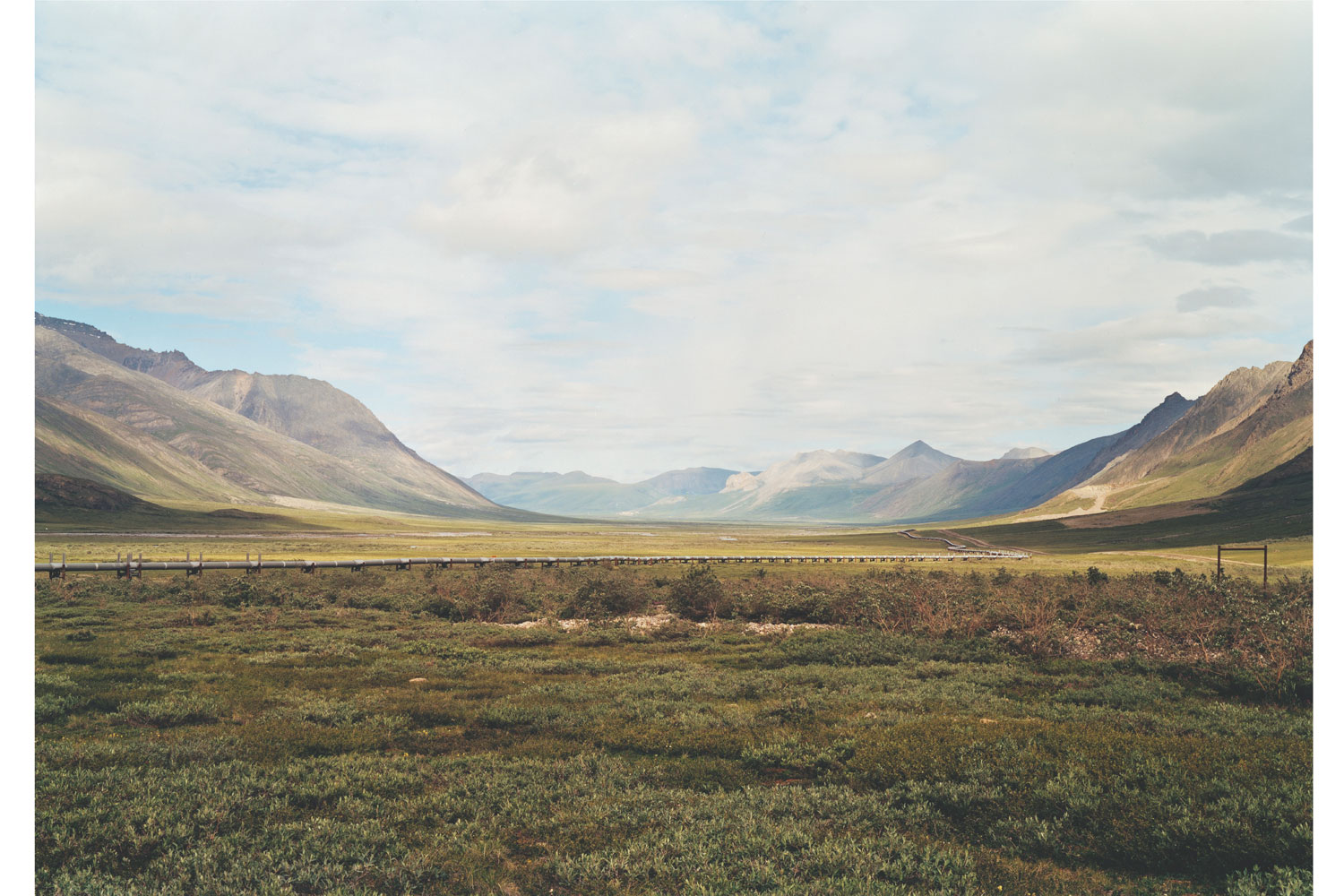
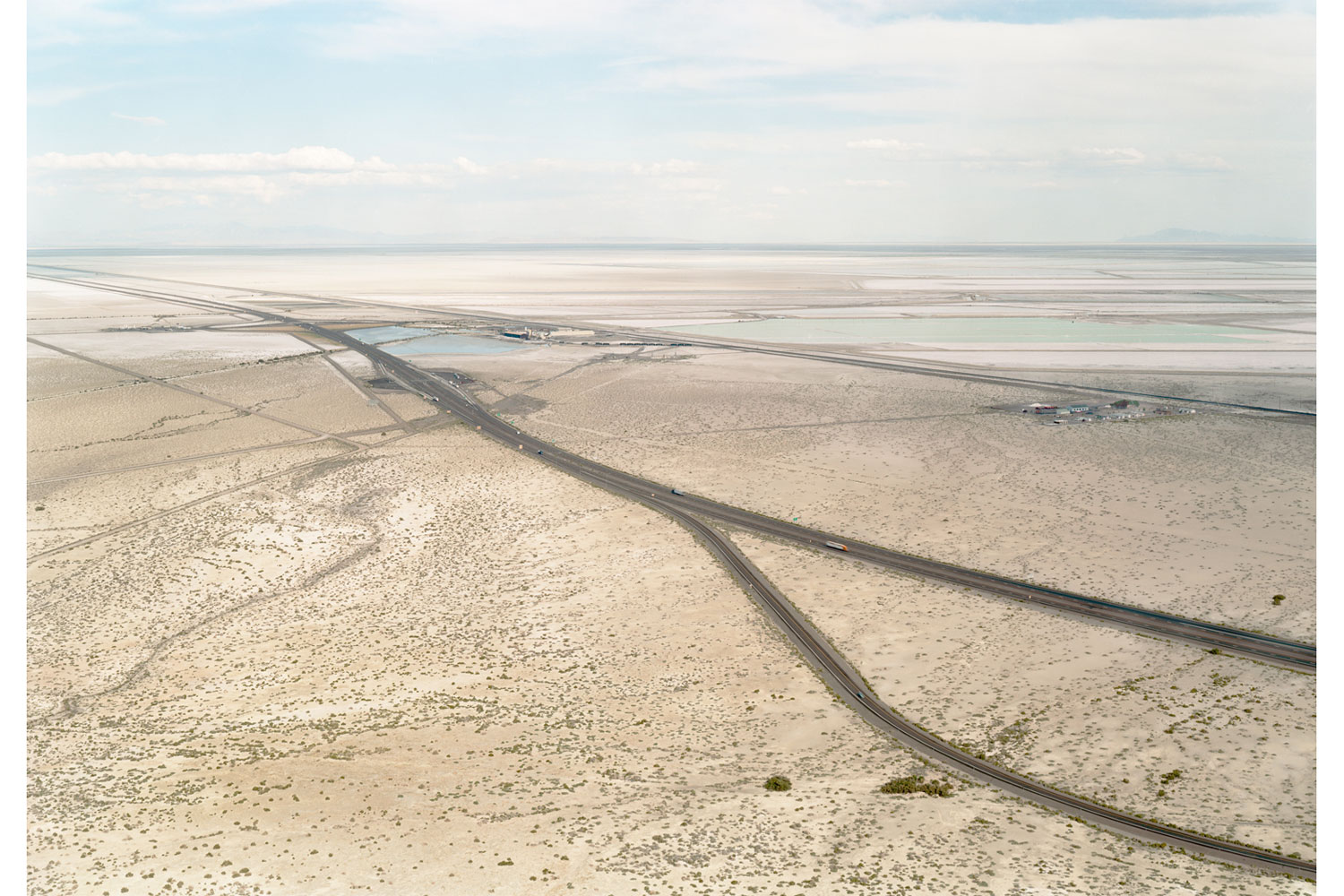

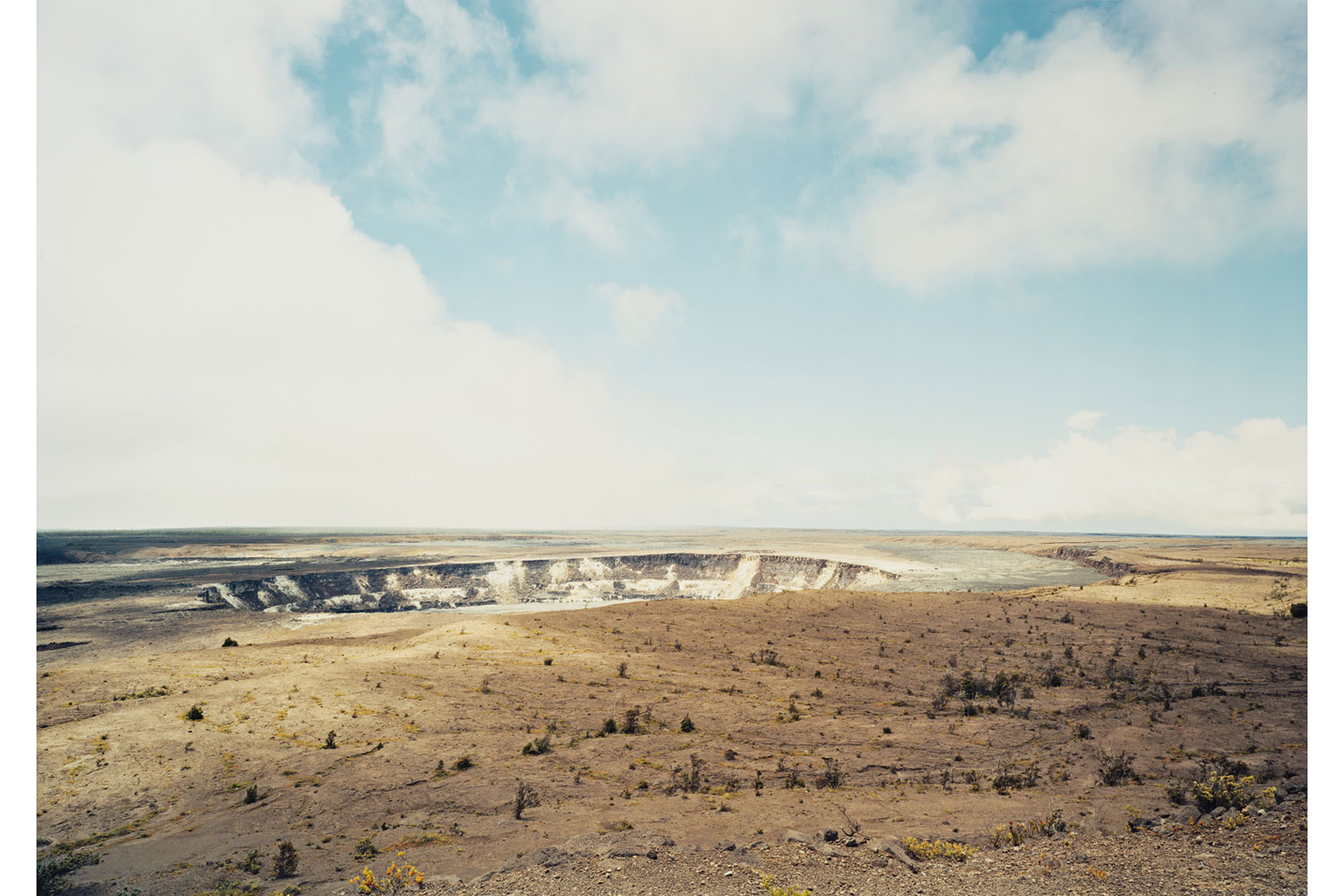



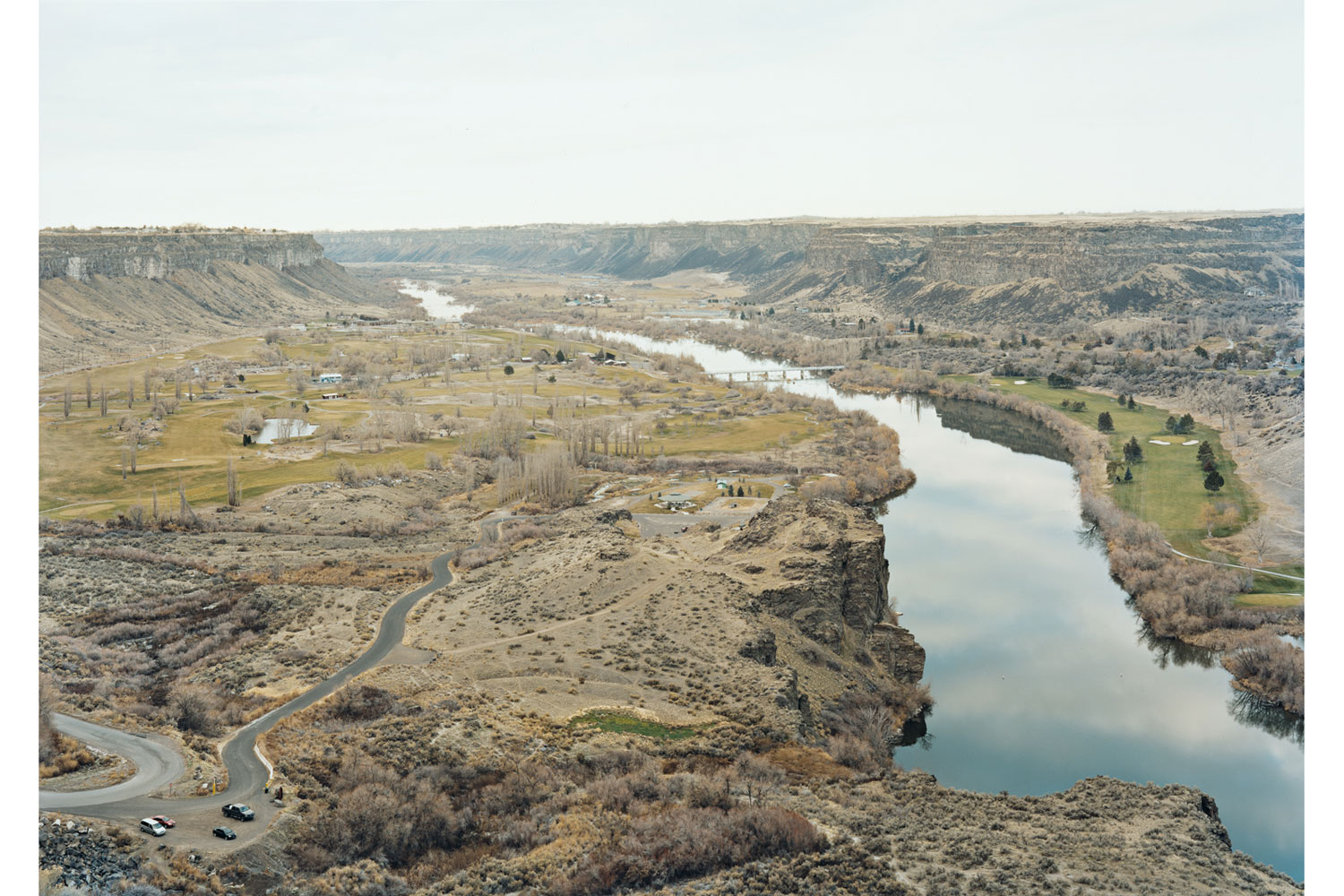
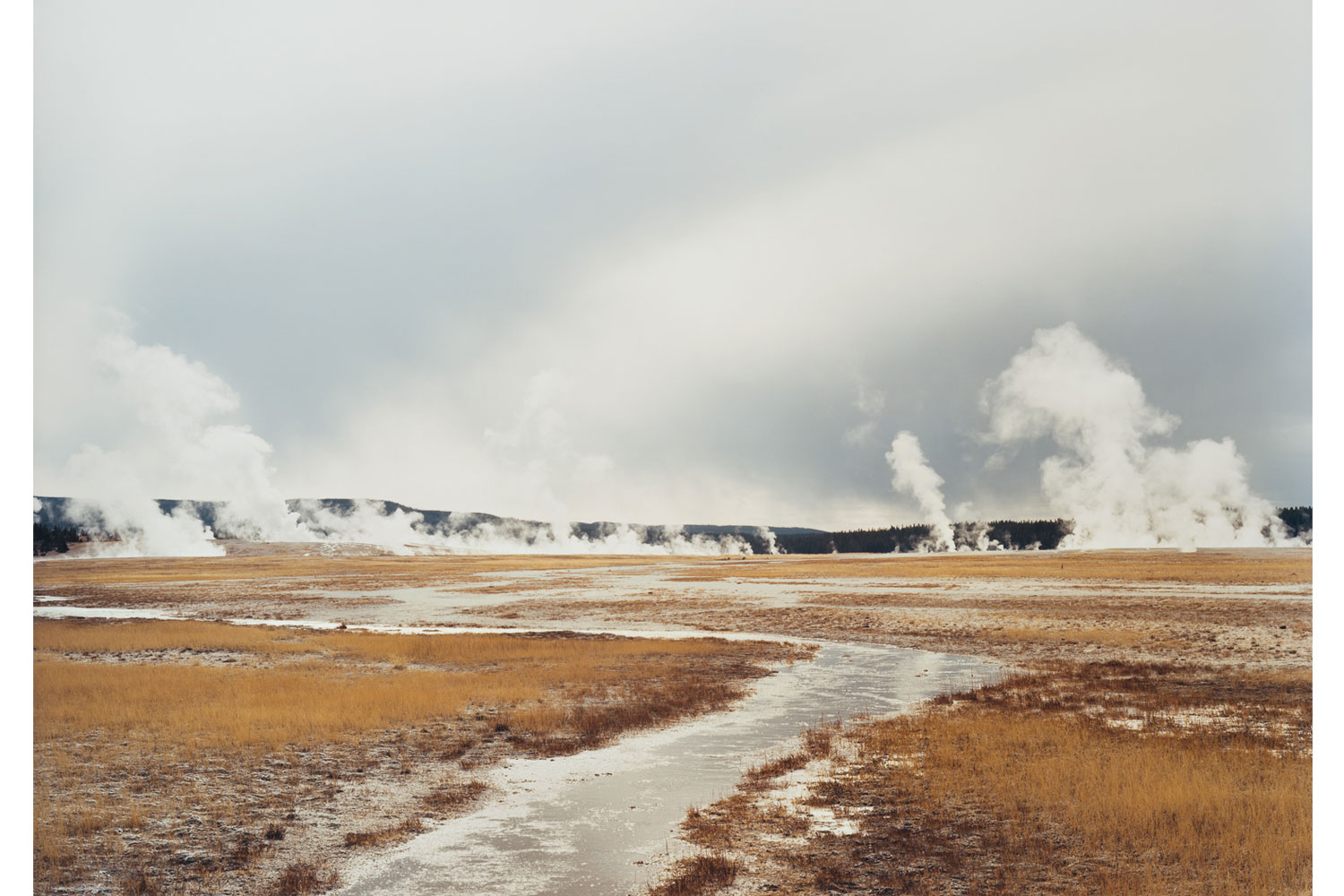

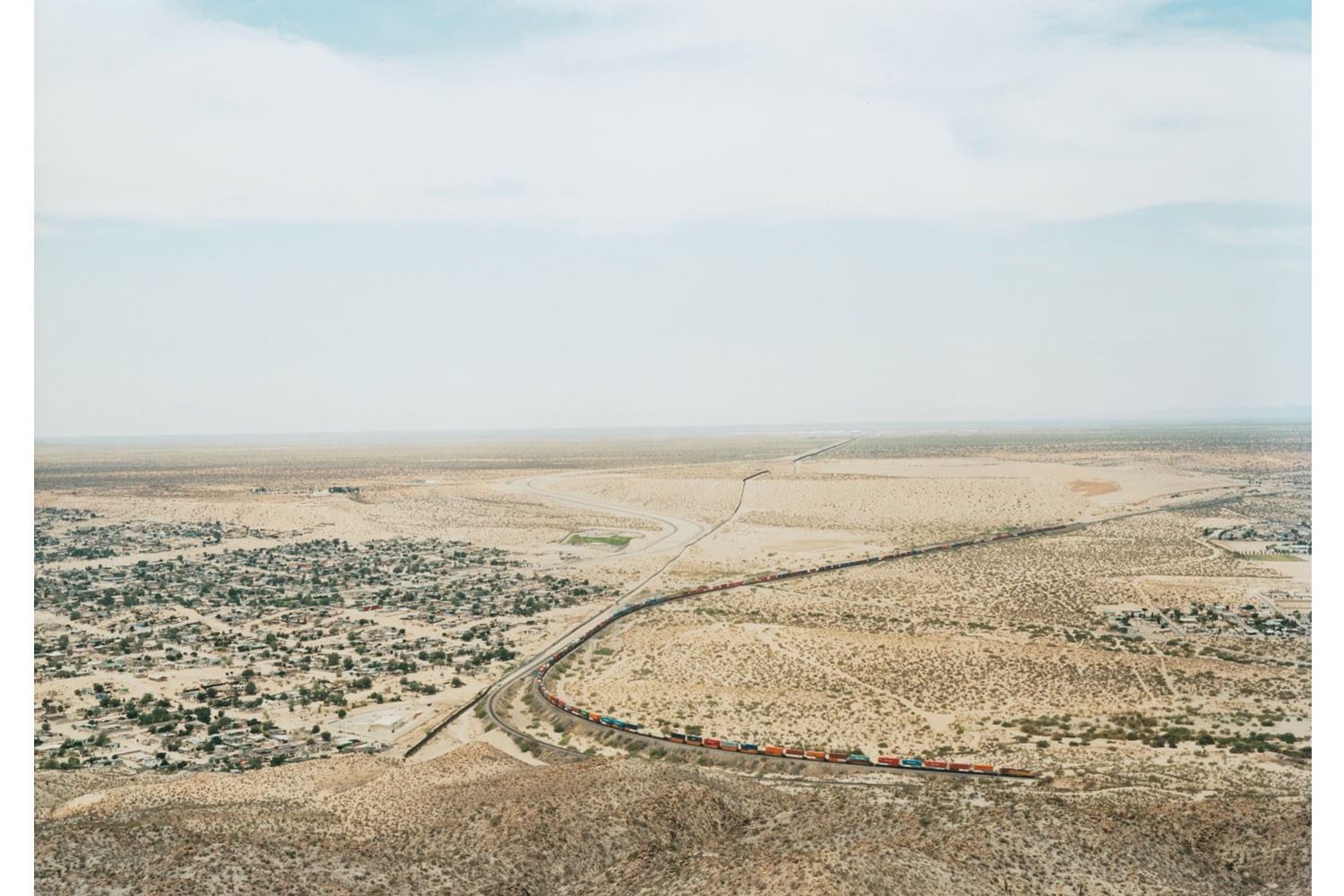
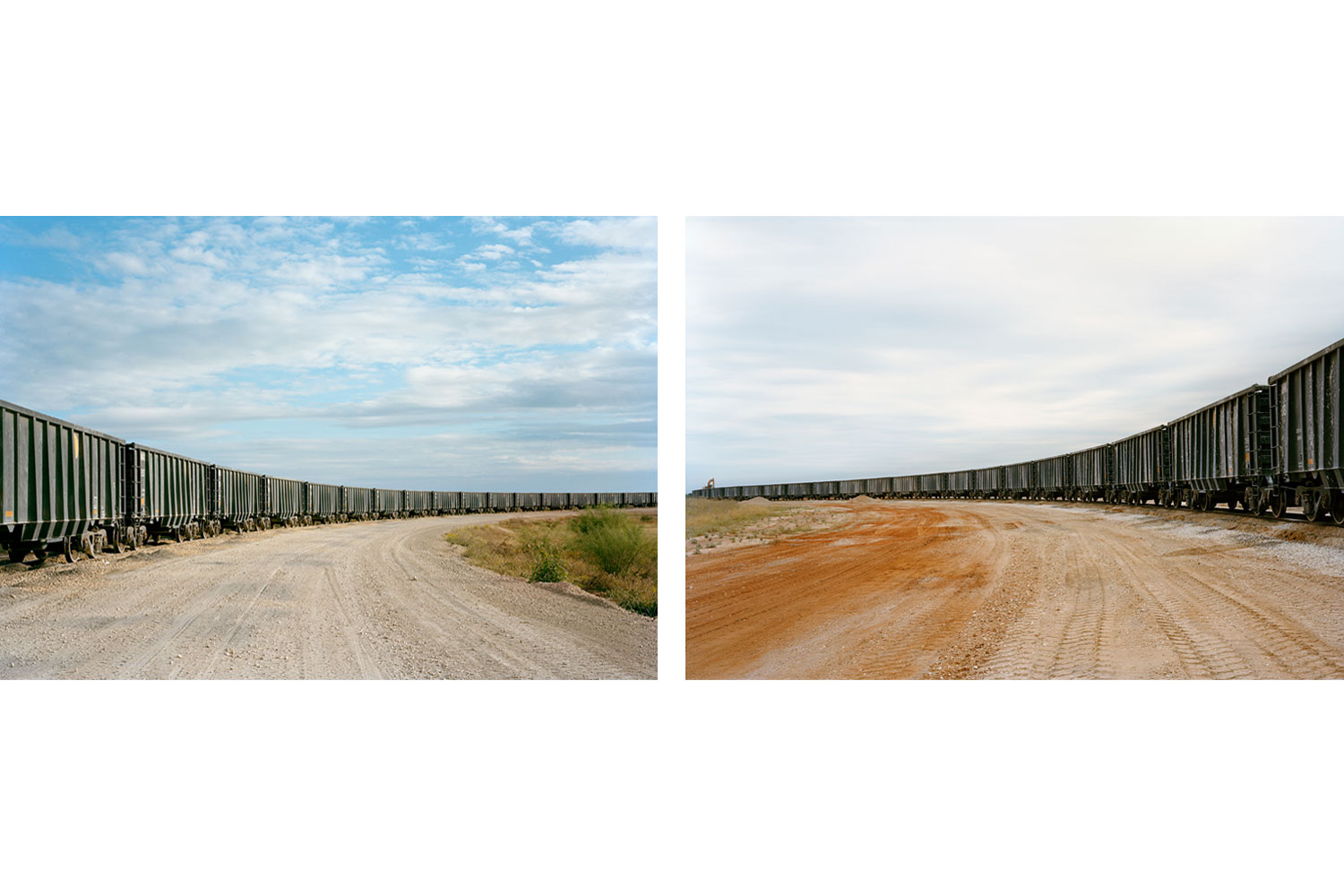
More Must-Reads from TIME
- Inside Elon Musk’s War on Washington
- Meet the 2025 Women of the Year
- The Harsh Truth About Disability Inclusion
- Why Do More Young Adults Have Cancer?
- Colman Domingo Leads With Radical Love
- How to Get Better at Doing Things Alone
- Cecily Strong on Goober the Clown
- Column: The Rise of America’s Broligarchy
Contact us at letters@time.com



